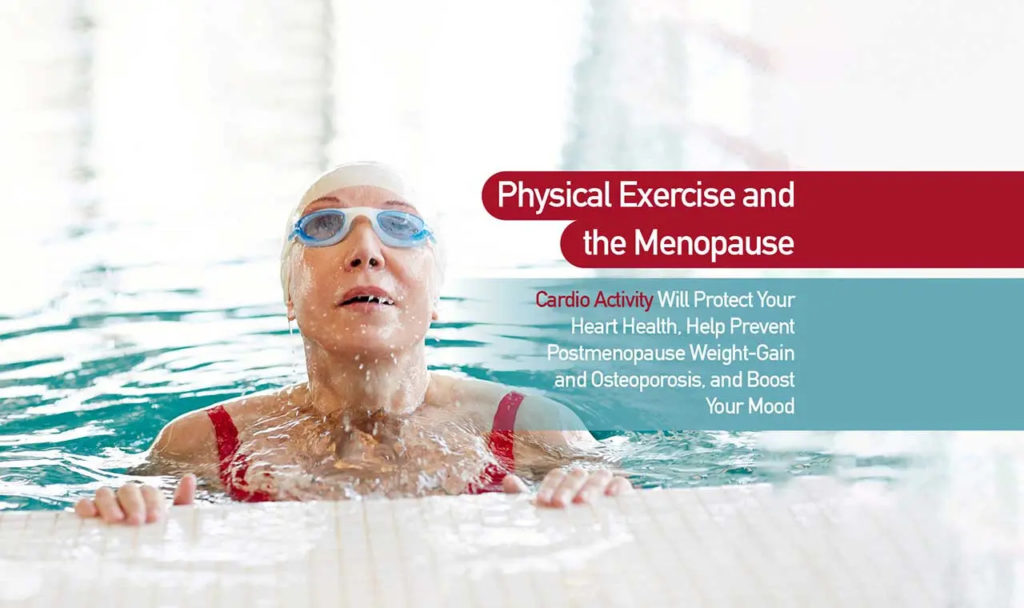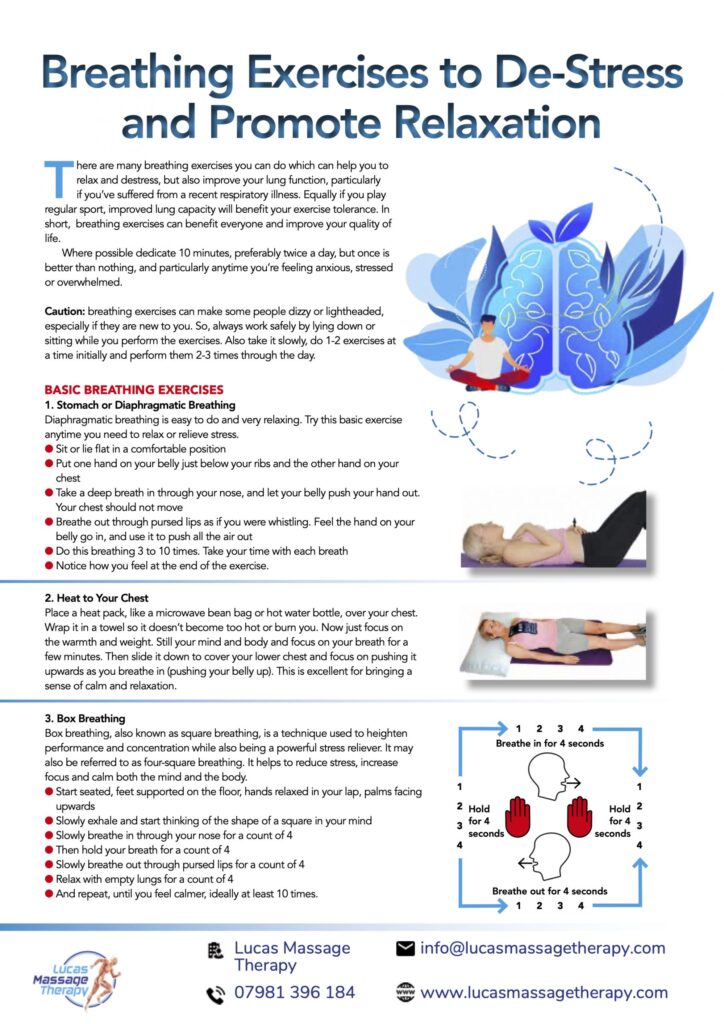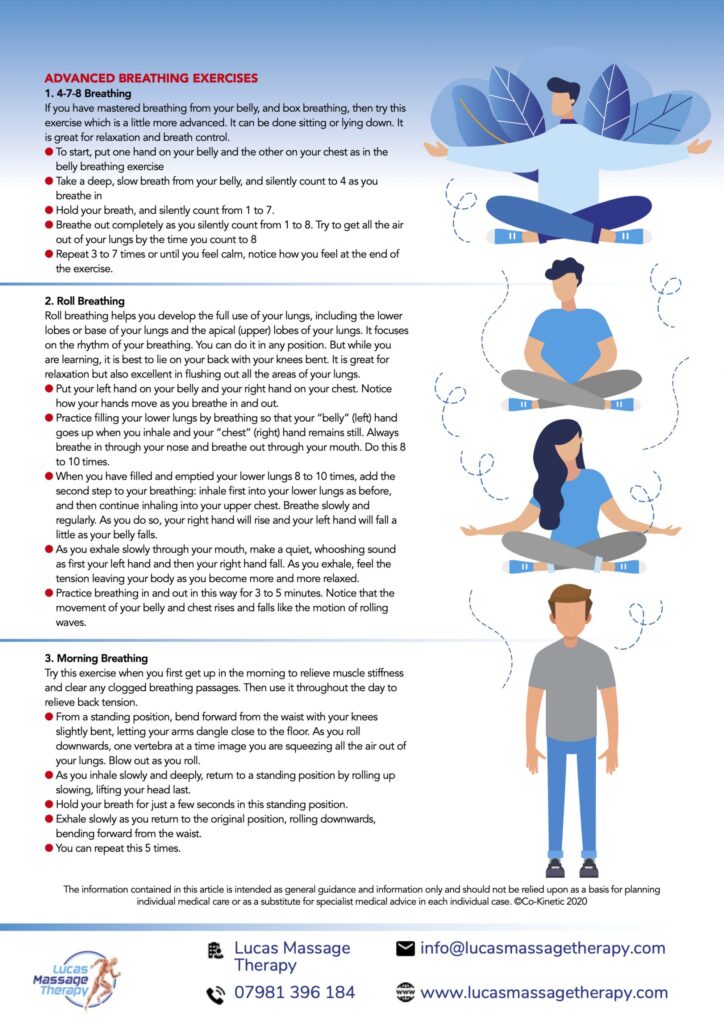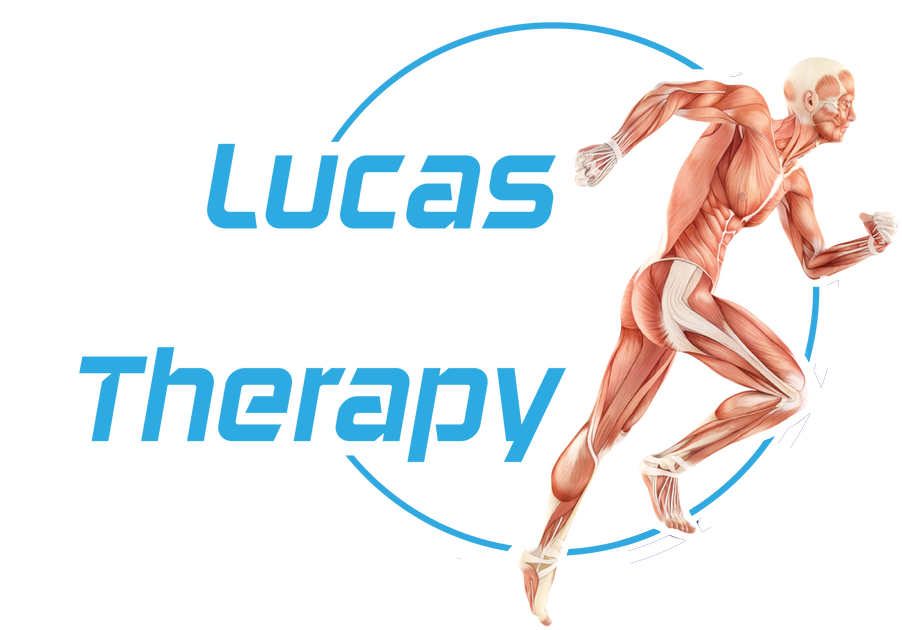10 Ways to Get Physical During the Menopause
Each woman’s experience of menopause is unique. While some may have mild and transient symptoms, others may face intense hot flushes and mood swings. The encouraging news is that lifestyle adjustments can be made to manage the bodily changes. Although regular exercise has not been scientifically proven to directly alleviate menopausal symptoms, it can aid in reducing stress and improving overall well-being during this transitional phase.
Regular physical activity is a great method for preventing weight gain and muscle loss, which are common outcomes of menopause. Moreover, maintaining a consistent exercise routine is vital for ensuring the health of your cardiovascular system and reducing the risk of chronic diseases such as diabetes and atherosclerosis.
WHAT ARE THE BEST PHYSICAL ACTIVITIES?
Firstly, remember there is no set menu for you, as each person and their level of fitness and strength is different. Secondly, if you are not enjoying an exercise activity there is no way you are going to stick to it! Being physically active into your older age needs to become a habit to get maximum benefit for your health.
Experts recommend moderate aerobic activity for at least 150 minutes a week or vigorous aerobic activity for at least 75 minutes a week. In addition to this, and especially relevant to menopausal women, strength training exercises are recommended at least twice a week. You can spread out your exercising throughout your week or even break up the time into smaller chunks throughout the day.
To start, it’s important to understand that there is no fixed menu when it comes to your exercise routine because everyone has varying levels of fitness and strength. Additionally, if you’re not enjoying the physical activity you engage in, it’s highly unlikely that you’ll be able to stick with it. Establishing a habit of regular physical activity, particularly as you age, is crucial for maximizing health benefits.
Experts recommend engaging in moderate aerobic activity for a minimum of 150 minutes per week, or vigorous aerobic activity for at least 75 minutes per week. Moreover, it is advisable, especially for menopausal women, to incorporate strength training exercises into their routine at least twice a week. You have the flexibility to spread out your exercise sessions throughout the week or even break them down into shorter durations throughout the day.
The exercise options mentioned above include:
Incorporating strength training into your routine can have numerous benefits. It aids in reducing body fat, enhancing muscle mass, strengthening muscles, and improving calorie-burning efficiency. There are various options to explore, such as weight machines, handheld weights, or resistance tubing. If you are unfamiliar with strength training, consider following an online program, joining an exercise group or class, or seeking guidance from a physical therapist. Remember to select a weight or resistance level that challenges your muscles after approximately 12 repetitions, and gradually increase the intensity as your strength improves.
Flexibility can be enhanced and stress and tension can be alleviated through stretching. It is advisable to allocate time for stretching post-workout when your muscles are warm and more open to stretching. Alternatively, you can designate a specific time during the day or week to engage in a class like yoga or Pilates, which incorporate exercises targeting both flexibility and strength.
Enhancing stability and balance is crucial, particularly as you grow older and your bones become more vulnerable post-menopause. Incorporating balance exercises into your routine can reduce the risk of falls. Consider performing uncomplicated activities like standing on one leg while brushing your teeth, or engaging in exercises such as tai chi, which can provide added assistance.
Engaging in aerobic exercises can aid in weight loss and weight management. Consider activities like brisk walking, jogging, cycling, swimming, or water aerobics. If you’re new to this, begin with a 10-minute session per day and gradually enhance both the intensity and duration.

1. Cardiovascular exercises
Engaging in cardiovascular exercises is beneficial as it involves the use of major muscle groups and elevates your heart rate. There are numerous options for cardio workouts, such as walking, jogging, biking, and swimming. If you are new to this, begin with a 10-minute session per day and gradually enhance both the duration and intensity.
2. Strength Training
Following menopause, the risk of developing osteoporosis significantly increases. It is crucial to engage in strength training during this period as it promotes the formation of new bones, aids in fat burning, enhances muscle mass, and boosts metabolism. For home workouts, you can utilize your own body weight or invest in dumbbells or elastic resistance bands/tubing. At the gym, options include weight machines or free weights. Choose a resistance level that challenges your muscles in 12 repetitions and gradually progress from there. If you are new to strength training, consider joining a class for guidance, consulting a physical therapist, or following an online program. Remember, starting out can be intimidating if you have never lifted weights before.
3. Meditation and Yoga
Every woman experiences menopause differently, so your unique symptoms will shape how you seek relief from them. It may take some trial and error to find an approach that resonates with you. Engage in a relaxation technique that suits you, whether it’s deep breathing, yoga, or meditation. These practices are beneficial for both your physical and mental well-being. Supported and restorative yoga poses can potentially provide relief. These poses aid in calming your nerves and centring your mind. Additionally, they may help alleviate symptoms such as hot flashes, irritability, and fatigue.
4. The machines at gyms
The machines you can find at gyms or buy for home use, such as ellipticals, Stair-Masters, and rowing machines, provide cardio workouts while also offering resistance to help build strength. They serve as excellent options to avoid putting excessive strain on your knees like you would on a treadmill.

5. Gardening or Housework
Engaging in energetic household chores or gardening, rather than just casual dusting, can contribute to your physical well-being. Even a slight increase in your heart rate during these activities can provide aerobic benefits. If you’re new to this, begin with 10 minutes of gentle movement and gradually increase the intensity as you find it more manageable.
6. Zumba
Zumba is a well-liked dance program that offers an enjoyable experience when done in a group setting, either indoors at a gym or outdoors. It combines various Latin-inspired music genres such as salsa and merengue, making it suitable for individuals of all age groups. Engaging in Zumba allows you to burn calories and tone your muscles, all while being uplifted by the rhythm of Latin beats – which might contribute positively to your mood!
7. Be Practical
Create achievable objectives and establish a schedule. Jotting down a plan is often an effective method to commit to completing the tasks. This can be as simple as a weekly chart outlining activities like attending a Pilates class on Monday, going for a 30-minute walk with my friend ‘Betty’ on Tuesday, and so on. Establish goals that allow you to monitor progress and prevent frustration.
Ensure that your goals are:
● realistic
● attainable
● specific.
Avoid making vague statements like will exercise more.
Instead, tell yourself, for instance:
● I will walk for 30 minutes during lunch thrice per week.
● I will participate in a group cycling class.
● I will engage in a weekly game of tennis with a friend. Enlist a friend or your partner as a workout companion to enhance motivation and accountability.
8. Dance
Dancing is a fantastic way to incorporate a calorie-burning cardio workout into your routine while having fun and benefiting your body and soul. If you’re not fond of treadmill running, you could try joining a dance class or even taking online dance lessons at home, allowing you to dance freely without any spectators. Dance, whether it’s jazz, ballet, hip-hop, ballroom, or salsa, can enhance muscle strength and maintain flexibility.
9. Be Creative
Engage in creative activities in addition to physical exercise. Consider taking a painting class or joining a knitting or craft group to experience a new sense of accomplishment and fulfilment. Participating in creative outlets can also divert your attention from bothersome symptoms. You could also explore local nature or gardening clubs to spend more time outdoors. Remember that sunlight provides essential Vitamin D, which aids in calcium absorption and promotes stronger bones, reducing the risk of fractures. Being physically active doesn’t necessarily mean formal workouts every day, but rather adopting a mindset that encourages taking the stairs instead of the elevator, walking to purchase items instead of driving, or selecting parking spaces further away from entrances.
10. Keep Motivate yourself
The risk of various medical conditions, such as breast cancer, type 2 diabetes, and heart disease, increases for women during and after menopause. Engaging in regular exercise and maintaining a healthy weight can help reduce these risks. It is important to set achievable goals and update them as you make progress in your fitness and strength. Partnering with someone, like a partner, friend, or neighbor, can also have a positive impact. Remember, going to the gym is not the only way to exercise. Activities like dancing, gardening, and following online programs can all contribute to improving your health. Keeping your exercise routine enjoyable and interesting will help you stay committed.
Adjusting to the various changes that come with menopause can be a difficult period. While it may seem like your body is working against you, regaining control is possible. Engaging in regular physical activity, whether it’s a leisurely walk in the park or training for a marathon, can positively impact both your physical and mental well-being. Initially, it may require some effort, but it’s never too late to prioritize self-care.
Breathing Exercises During Menopause.



Your Complete Guide to Menopause Wellbeing Download Lucas Massage Therapy free resource pack to find out everything you need to know about menopause, Exercises During Menopause from the science behind the changes occurring to the best ways to relieve negative symptoms and specific exercises for areas of the body most affected by the changes.
You’ll learn:
- How lowered levels of oestrogen affect the body
- The ‘Seven Symptoms’ of the menopause (and how to deal with them).
- How to exercise during menopause and diet to combat the changes occurring
- Why your bladder might become weaker and how to control it
- Tips for managing your mental health during this challenging time
- And much, much more
The Lucas Massage Therapy free leaflets cover:
- Mastering the Menopause
- Seven Unwelcome Symptoms of the Menopause and Strategies for Surviving Them
- 11 Strategies for Mastering Your Menopause and Saving Your Sanity
- The Busy Bladder
- Why You Should Do Exercises During Menopause
- Great Ways to Get Physical During Menopause
- How Menopause Affects Your Pelvic Health
- Exercises During Menopause for the Pelvic Floor

